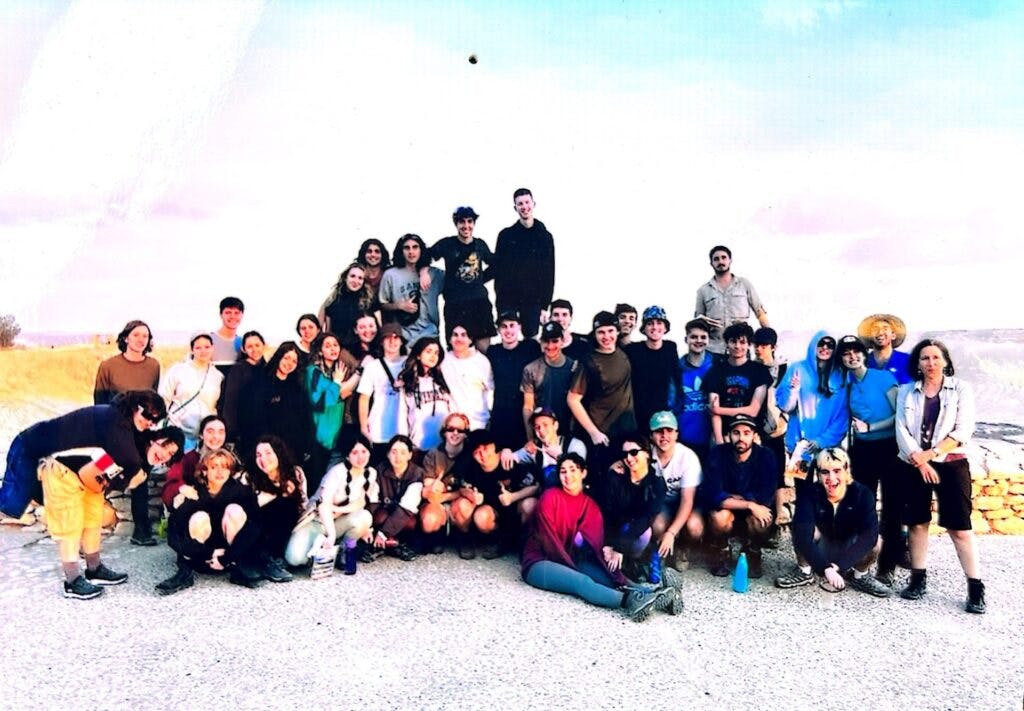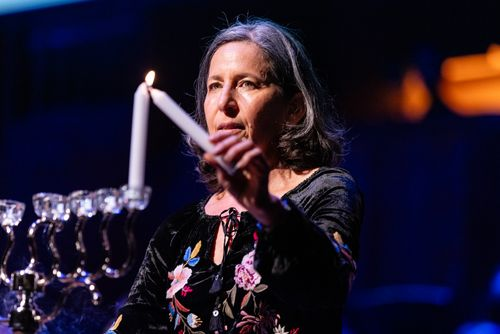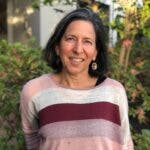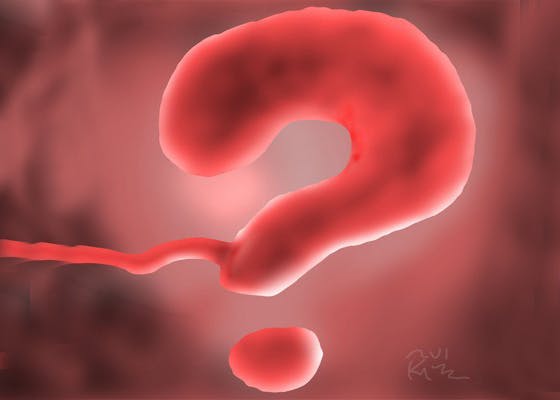Published: 26 January 2024
Last updated: 5 March 2024
As the new school year begins, SIDRA KRANZ MOSHINSKY reflects on 18 years shaping the next generation of Australian Jews.
When I entered the teaching profession as a mature-aged student, I learnt that the average ‘career life expectancy’ for a teacher was five years. At the time and filled with uncertainty about what it would be like and what I would be like, I hoped I would hit the average. I made it to eighteen - chai (life)!
Not a bad innings, although many of my colleagues have been batting for much longer and are still at it. We congratulated and marvelled at one fellow teacher this week as he completed his 43rd year of teaching, 42 of them full time. He will be back for more this year!
I’m conscious that I am exiting at a time of looming crisis in the teaching profession. I don’t feel as if I’m part of the trend and have my own reasons. Then again, so does each teacher making the move and combined we become part of a statistic. It’s tough in classrooms, as the recent interim report by the Senate’s Education and Employment References Committee attests. Entitled ‘The issue of increasing disruption in Australian school classrooms’, it examines, among other things, the impact of disruptive student behaviour on educational outcomes, on teacher wellbeing and workforce retention, on equity across schools and on Australia’s international educational ranking.
A colleague circulated this parliamentary report indicating it was well worth reading, despite the time it would take given its 87-page length. Quick as a flash, another colleague sent around ChatGPT’s summary generated in less than a second for those wanting a quick read.
This exchange is emblematic of the challenges facing schools today: getting the best out of students who don’t necessarily bring their best, while responding to ever-changing external realities, among them COVID and the rise of AI in recent years. Add the teacher shortage, the growing number of students on individual learning plans, funding cuts, increased regulatory demands, generational shifts and the sense of crisis is real.
The bots may be swarming but we are always going to need human faces to meet the people of the next generation
This is not a lament for the teaching profession. I can’t think of a more fulfilling, satisfying and almost always enjoyable way to have worked for nearly two decades. We teachers may not have the opportunity to work from home (or even more remote locations), we can’t choose our hours or holiday dates, and the pay could be more commensurate with the gravity of the work we do and our educational attainment, but these are countered by many upsides, tangible and intangible.
Teaching is not high up on the list of desired courses and there has been focus in recent years on making the course both more appealing and more appropriately shaped for the realities graduates will face. I hope people of good character, deep compassion, a strong knowledge base and who face the future with optimism and aspiration will choose teaching as a career.
The bots may be swarming but we are always going to need human faces to meet the people of the next generation and equip them with the skills and dispositions they, in turn, will need to meet the realities and complexities of our shared future.
Our Jewish schools that line the spectrum of Jewish identification in the twenty-first century, from Bundist to Haredi and everything in between, are central to our community, as they have been for every Jewish community for the last two thousand years. We were the first to make education compulsory, in keeping with the injunction that we impart our words to our children.
On a recent school camp, as I watched students leading Shabbat services and joyfully partaking in song and ruach (‘vibes’), I felt an acute awareness of the value and importance of enabling students to define and celebrate their own identity. Of course, their identities are multi-factorial and fluid in composition. But in a world increasingly bearing down and seeking to impose labels, we need our schools - and the teachers within them - to hold and protect our sacred times and spaces.

There’s a part of me that won’t miss the rolled eyes of teenage students as I ask them to move outside, correct their uniform or put their phones away. And weirdly there’s a part of me that will, and keenly too. Because for whatever irritation I see in their eyes and frustration I feel on my part, these moments are deeply human.
It is an honour to play a part in the growth of another, whether a student over an intensive year of teaching and learning together, a colleague on their professional journey or through many small exchanges, multiplied over days. To see and be seen, to speak and be heard, to engage in countless encounters of reciprocity, this is the essence of education, and of life itself.




